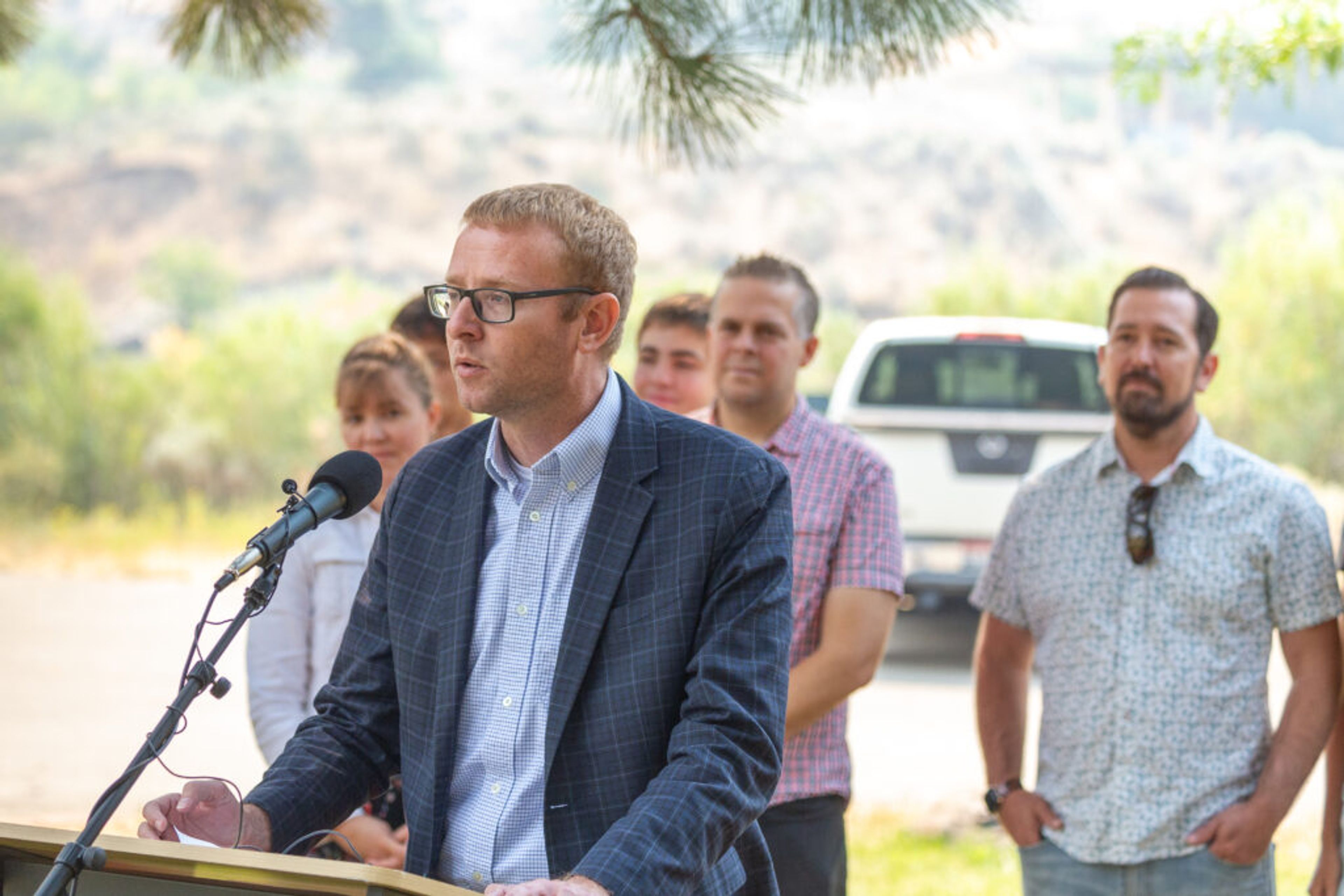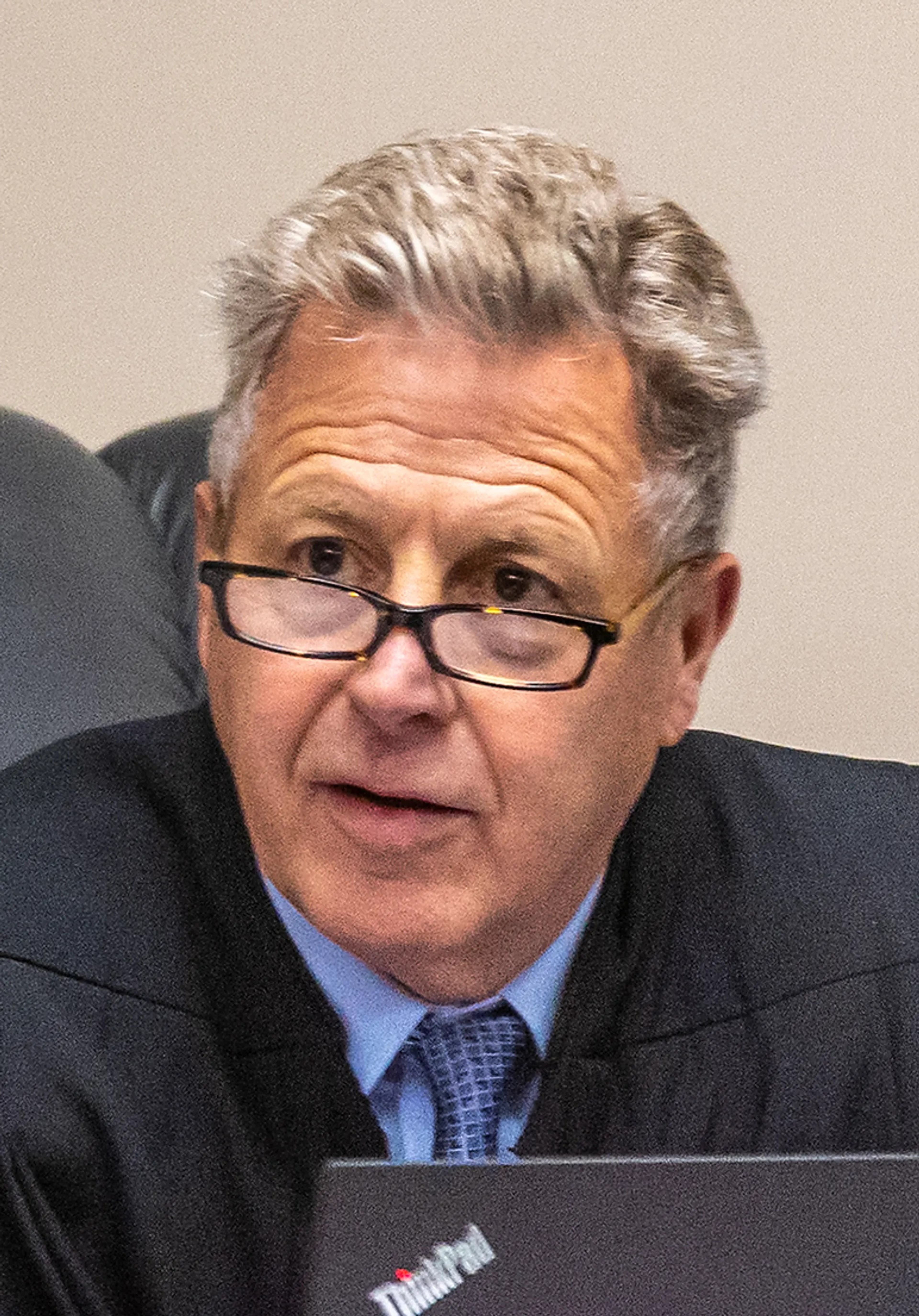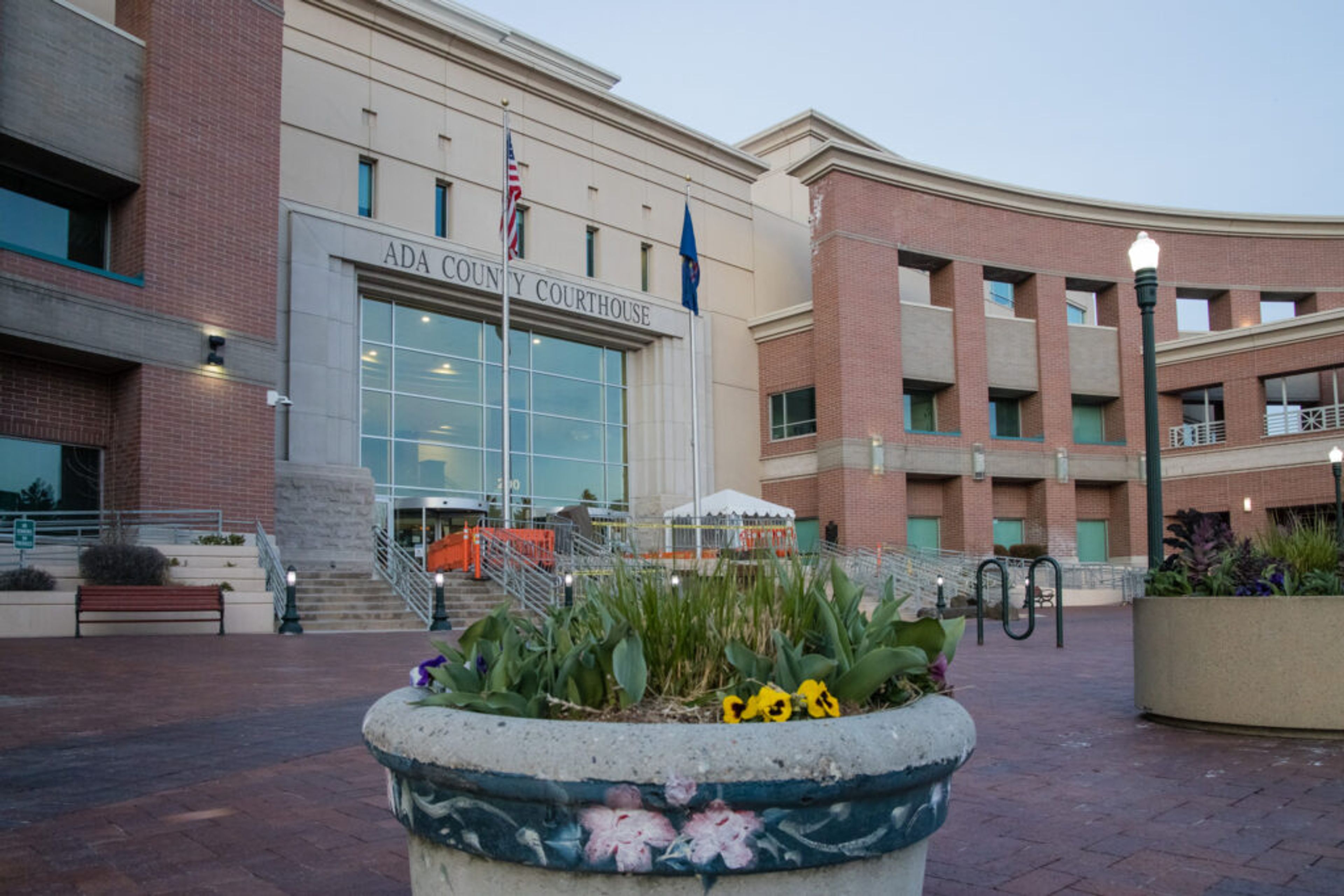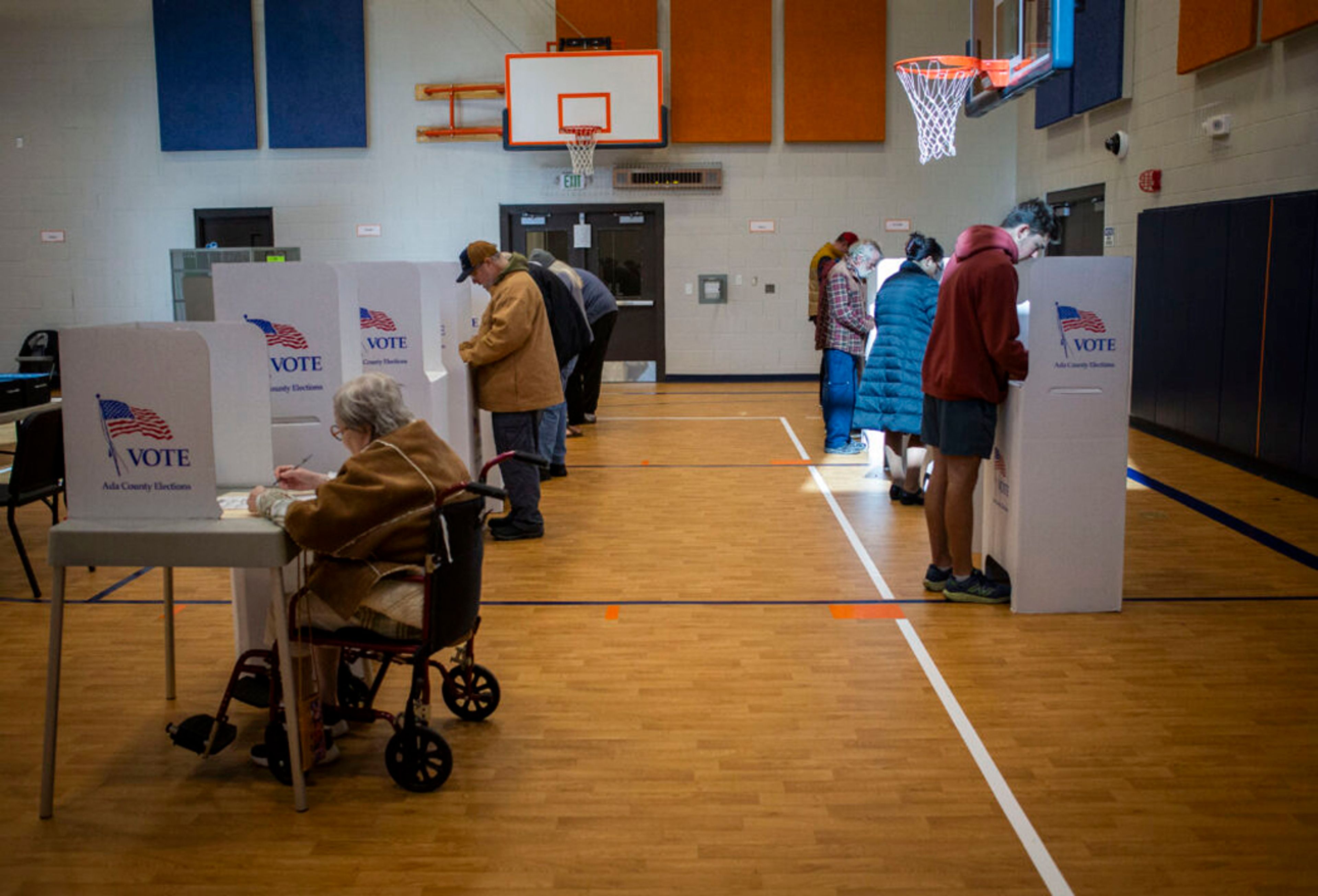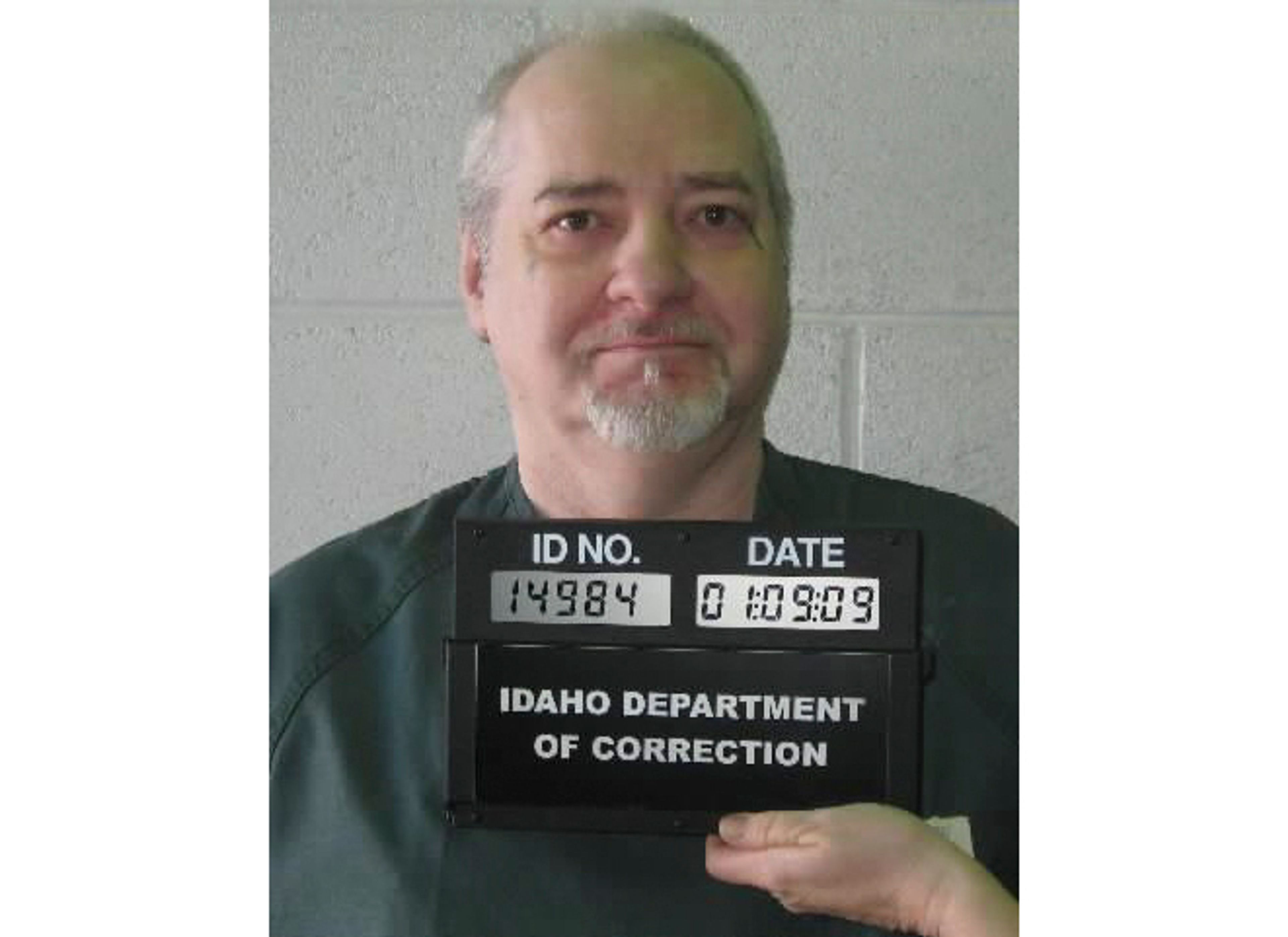Rural Idaho needs connectivity, task force says
Idaho Gov. Little backs findings of panel he created earlier this year
Expanding access to broadband services in rural areas — including large swaths of north central Idaho — should be a top priority for state government.
That’s the conclusion of Gov. Brad Little’s broadband task force, which he created by executive order earlier this year.
The 39-member group released its findings this week. Among other recommendations, it calls for updating the state broadband plan, supports the formation of a state broadband office and encourages the state to focus on a pilot project in underserved parts of north central Idaho.
“In a data-driven society, connectivity is imperative for a vital economy,” Little said in a news release Friday. “Improved broadband infrastructure ensures both urban and rural Idaho will be connected and well-positioned to attract business and enhance our citizens’ quality of life.”
Idaho Department of Commerce Director Tom Kealey led the task force. Local members include Sen. Carl Crabtree, R-Grangeville; Sen. David Nelson, D-Moscow; Danae Wilson, manager of the Nez Perce Tribe’s Department of Technology Services; Jaynie Bentz, assistant manager of the Port of Lewiston; and Jaap Vos with the University of Idaho.
Broadband service is defined as internet download speeds of at least 25 megabits per second and upload speeds of at least 3 mbps. Like the governor, the task force also suggested it was as fundamental to a healthy economy and healthy communities as water, electricity and roads.
While noting that available maps and information regarding broadband connectivity are often out-of-date, the report said north central Idaho is “the largest unserved area in the state.”
Less than 35 percent of households in the region have access to broadband service, it said. That includes Clearwater, Idaho and Lewis counties, along with Benewah County in the north and Adams County in the south.
In Latah and Nez Perce counties, by comparison, more than 75 percent of households have broadband.
Overall, the report concluded that Idaho’s urban areas are currently well-served by broadband, as are its public universities and the Idaho National Laboratories. Consequently, “addressing solutions for unserved areas in rural Idaho is the highest priority.”
Creating a one-person state broadband office within the Department of Commerce could help in that regard. According to the report, Idaho is likely missing out on millions of dollars in federal broadband grants and loans because it lacks an updated broadband plan or office to help coordinate efforts.
The report recommended that the state focus on unfunded projects in north central Idaho, including a proposed five-county open access fiber network extending from Lewiston to Orofino and Grangeville, as well as a north-south connector running from Grangeville to Riggins.
Other recommendations include formalizing “dig once, hang once” policies to encourage installation of trenches and broadband infrastructure during road construction projects, creating a consumer tax deduction for broadband fees, and ensuring that broadband easements are included in any state right of way purchase agreement.
Little said he would review the task force recommendations and decide which of them to include in his 2020 budget and policy recommendations to the Legislature.
Spence may be contacted at bspence@lmtribune.com or (208) 791-9168.


